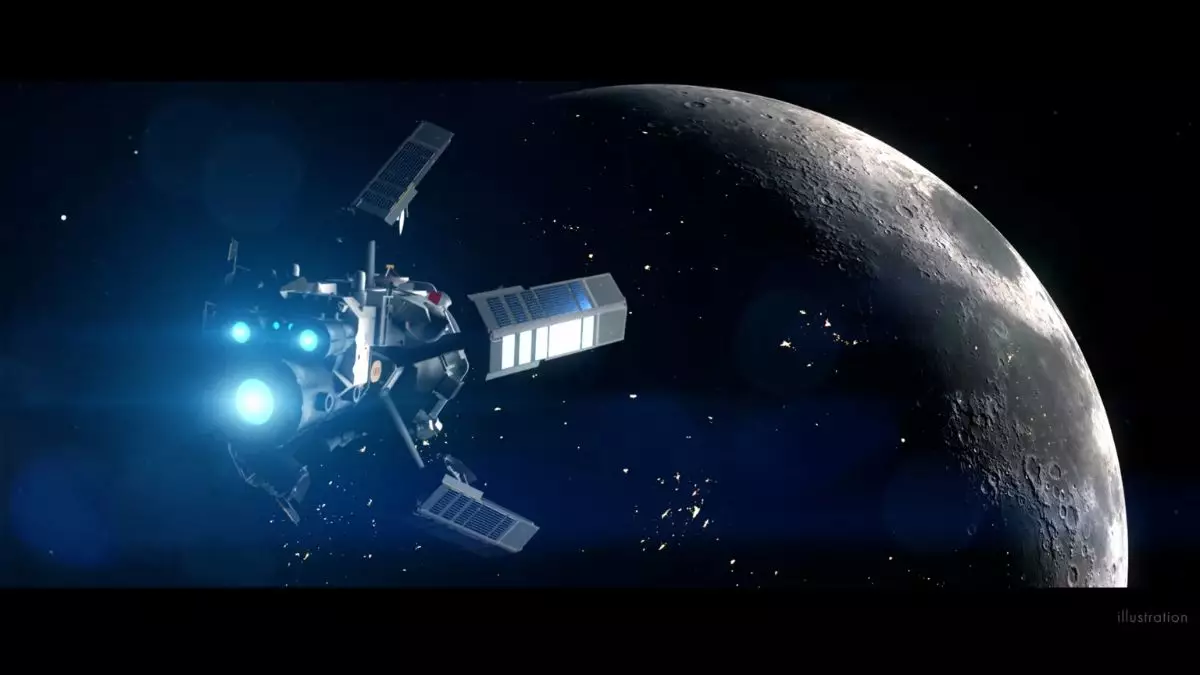Pulsar Fusion, a UK-based company, has recently stirred the pot of space exploration with its ambitious plans for nuclear fusion-powered rockets, dubbed “Sunbirds.” For a decade, the company has kept this project cloaked in secrecy, only to reveal it now at the illustrious Space-Comm Expo in London. This revelation couldn’t have come at a more critical juncture for space exploration. With the promise to halve travel times to Mars and potentially cut the journey to Pluto to a mere four years, the benefits are undeniable. However, optimism must be tempered with skepticism, especially when we consider the complex reality of nuclear fusion technology.
The Mechanics Behind the Hype
The crux of this ambitious endeavor rests on the Duel Direct Fusion Drive (DDFD) engine, which, as the name suggests, fuses deuterium and helium-3 to produce thrust. This mechanism is revolutionary, as it aims to generate charged particles directly for propulsion—an ambitious departure from traditional fusion reactors. However, it’s important to recognize that although the theory is tantalizing, practical application in a space environment remains largely untested. The scientific community is right to voice reservations, notably exemplified by concerns from MIT’s astronautics professor, Paulo Lozano. The challenge of mastering fusion technology for compact systems highlights a crucial point: we are often prematurely enthusiastic about innovations before they’ve proven their mettle.
Addressing the Feasibility Factor
Critically, while Pulsar Fusion’s CEO Richard Dinan asserts that the unique conditions of space may make achieving fusion simpler, this claim must be approached with caution. The vacuum of space does eliminate some challenges found on Earth, but significant hurdles remain, such as the sourcing of helium-3—the rare and expensive fuel needed for their DDFD engine. Moreover, the proposed solution of mining helium-3 from the Moon, though exciting, currently exists only in the realm of speculative future projects. Thus, the practicality of these rocket systems remains in question until these cardinal issues are addressed.
The Economic Implications of Space Travel
Introducing reusable Sunbird rockets stationed in orbit raises fascinating economic possibilities. By boosting efficiency and potentially lowering the costs of deep-space missions, this could democratize space travel to an extent not yet seen. Yet, there’s a pronounced irony: while we chase interstellar ambitions, economic sustainability must drive our decisions. A focus on developing the technology under realistic economic constraints is essential if humanity is to engage responsibly with our growing cosmic endeavors.
A Cautious Approach to Innovation
In our quest for progress, it’s vital to balance aspiration with pragmatism. While the Sunbirds may symbolize a bold stride toward revolutionizing space exploration, we must not let optimism cloud our judgment. Limited resources, high costs, and uncharted technologies present formidable obstacles that demand thorough examination. Rather than be swept up in the excitement, it is our duty as a society to evaluate both the potential and the pitfalls of such a venture critically. Space exploration should always be guided by clear eyes and hopeful hearts—a sentiment necessary for navigating our path to the stars.


Leave a Reply